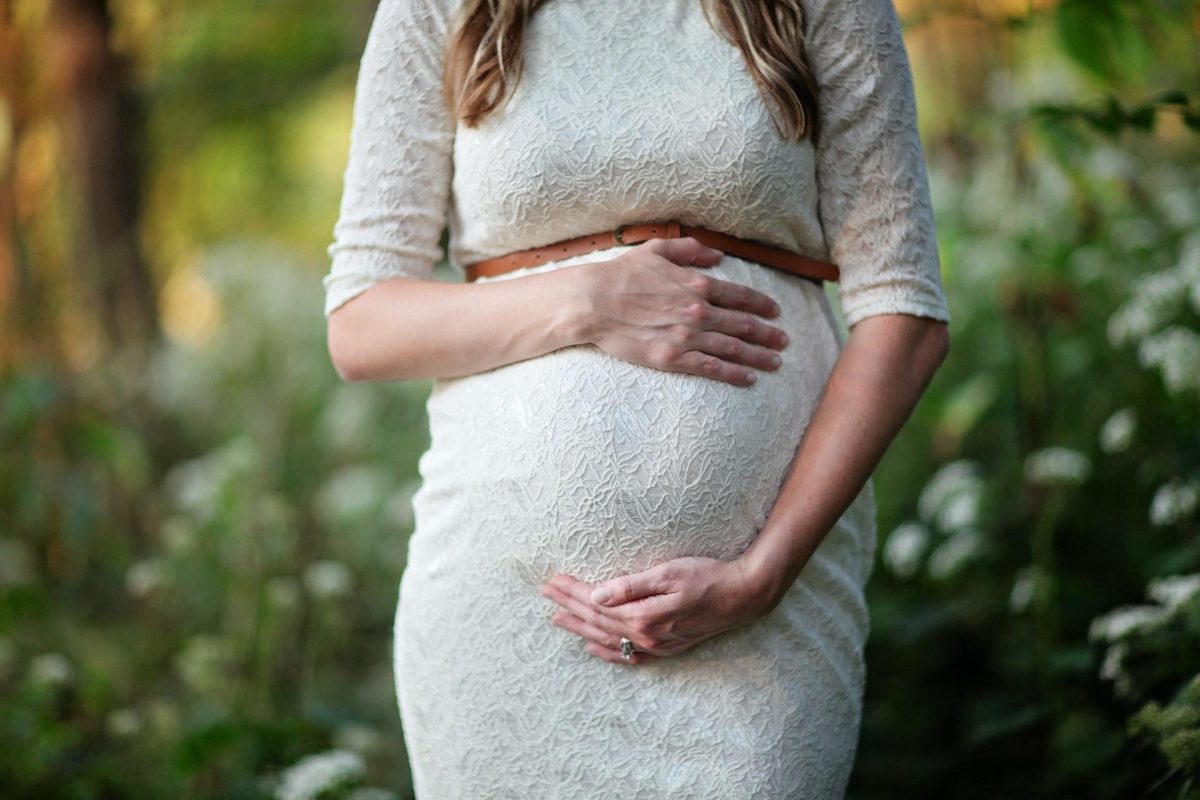Donor sperm insemination, also known as artificial insemination with donor sperm (AID), is a fertility treatment method used to help individuals or couples who are unable to conceive naturally due to male infertility, genetic concerns, or other reasons. In this procedure, sperm from a sperm donor is used to fertilize a woman’s egg, either through intrauterine insemination (IUI) or in vitro fertilisation (IVF). Here are the steps involved in the process:
Table of Contents
Initial Consultation
The process begins with an initial consultation with a fertility specialist or reproductive endocrinologist. During this consultation, the medical history of the couple or individual is reviewed, and the reason for using donor sperm is discussed.
Sperm Donor Selection
The next step is selecting a sperm donor. Sperm banks, donor sperm clinics, or fertility clinics typically maintain a catalog of sperm donors. Potential recipients can review donor profiles, which often include information about the donor’s medical history, physical characteristics, education, and sometimes photos.
Medical Screening
The selected sperm donor undergoes rigorous medical and genetic screening to ensure that the sperm is free from infectious diseases (such as HIV, hepatitis, and syphilis) and genetic disorders. This screening is essential to minimise the risk of passing on diseases or genetic conditions to the offspring.
Legal and Ethical Considerations
Legal and ethical issues regarding donor sperm insemination, including anonymity and the rights and responsibilities of both the donor and the recipient, are discussed and addressed. Legal agreements are typically drawn up to clarify these matters.
Ovulation Monitoring
In the case of IUI, the recipient’s menstrual cycle is closely monitored to determine the timing of ovulation. Ovulation prediction kits or ultrasounds may be used to pinpoint the optimal time for insemination.
Sperm Preparation
The sperm from the donor is thawed and prepared in the laboratory. The sperm are washed and concentrated to remove seminal fluid and other contaminants. This process increases the chances of successful fertilisation.
Insemination
With Intrauterine insemination (IUI) procedure, a small catheter is used to insert the prepared sperm directly into the recipient’s uterus during her fertile window. This procedure is relatively simple and is typically done in a doctor’s office. Another option is called In vitro fertilisation (IVF). If IVF is chosen as the method of conception, the recipient undergoes a series of hormonal injections to stimulate the production of multiple eggs. Once the eggs are mature, they are retrieved from the ovaries and fertilised with the donor sperm in the laboratory. The resulting embryos are then transferred into the recipient’s uterus.
Monitoring and Pregnancy Tests
After insemination or embryo transfer, the recipient is closely monitored for signs of pregnancy. A pregnancy test is performed approximately two weeks after the procedure to determine if conception was successful.
Pregnancy and Beyond
If pregnancy is achieved, the recipient will receive prenatal care as usual. The donor sperm insemination process doesn’t affect the pregnancy or childbirth experience beyond the conception phase.
Donor sperm insemination can be an effective option for individuals or couples facing male infertility or genetic concerns. It offers the opportunity to build a family while addressing specific reproductive challenges. The choice between IUI and IVF depends on individual circumstances and the guidance of a fertility specialist. It is also helpful to visit a fertility clinic or a donor sperm clinic near you to help you to have better guidance and a clear understanding of the process.


 Home
Home








